Corinne Sharabi
Corinne is the Social Media and Content Lead at BLEND. She is dedicated to keeping global business professionals up to date on all things localization, translation, language and culture.

The Star Wars franchise is one of the most popular and influential movie series of all time, and it has captivated audiences around the world since its release in 1977. However, as with any film or TV show, the creators of Star Wars faced the challenge of adapting the movies for international audiences. To celebrate May the Fourth, also known as Star Wars Day, we’ll explore how the Star Wars films were localized for different regions and cultures, plus some extra fun facts and localization wisdom from Yoda.
One of the most significant challenges in localizing Star Wars was the use of fictional languages, such as Aurebesh, Huttese, and Shyriiwook. These languages were created specifically for the Star Wars universe, and their use required translators and linguists to work closely with the filmmakers to ensure that the dialogue made sense in other languages. For example, in the German version of the films, the word “Force” was translated as “Macht,” which means “power” or “strength.” This was done to reflect the concept of the Force, which is a mystical energy that can be harnessed by Jedi Knights.
Another important aspect of localizing Star Wars was adapting cultural references and jokes. The films are full of references to American pop culture and humor that may not translate well in other countries. For example, in the French version of the films, the character of Han Solo was given a more sarcastic and cynical personality, which was closer to the French cultural stereotype of a rebel. In contrast, the Japanese version of the films emphasized the honor and duty of the Jedi, which is a central value in Japanese culture.
Additionally, some of the visual elements of the films were adapted for different audiences. For example, in the Chinese version of the films, the appearance of Darth Vader was altered to make him look more like a traditional Chinese warrior. This was done to make the character more relatable to Chinese audiences and to emphasize the idea of him being a powerful and intimidating presence.
Overall, the localization of the Star Wars films was a complex and challenging process that required careful consideration of cultural differences and nuances. The translators, linguists, and filmmakers who worked on the localization process had to balance the need for accuracy and fidelity to the original films with the need to make the movies accessible and relatable to audiences in different regions and cultures. Despite these challenges, the Star Wars franchise has achieved worldwide success and continues to captivate audiences around the globe.
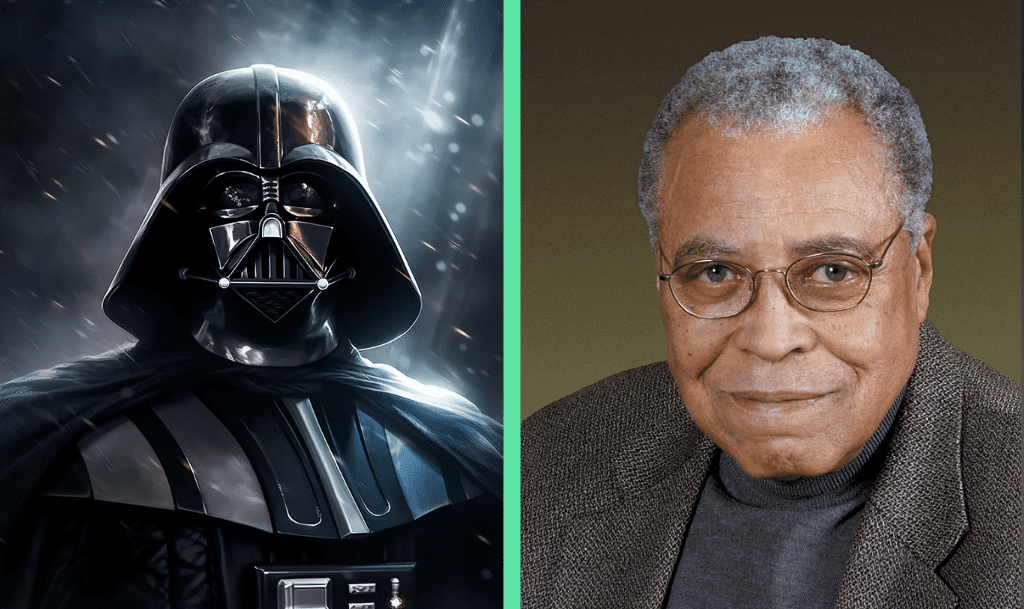
Equally as interesting as the Star Wars franchise’s past localization efforts is how the franchise will continue adapting and innovating with the times as AI takes on the entertainment industry. In fact, the iconic voice of Darth Vader has officially become AI-powered since actor James Earl Jones signed over the rights to his Vader voice recordings to AI speech synthesis startup, Respeecher.
Jones was the voice of Darth Vader since the film’s debut in 1977. Following James’s decision to retire at age 91 in 2022, Lucasfilm didn’t want to give up his character-defining voice – and thanks to rapid developments in AI technology, they didn’t have to. Now, James Earl Jones’s voice will live on as Darth Vader in the years to come as Disney continues crafting new productions with his infamous character.
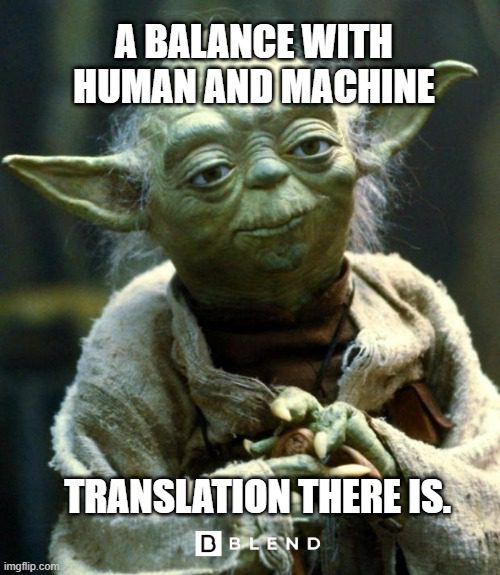
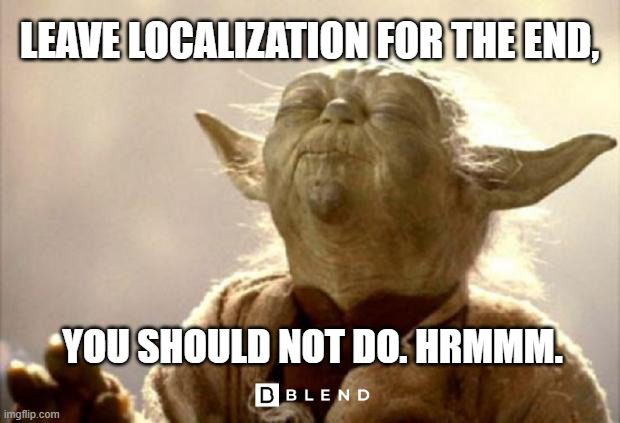
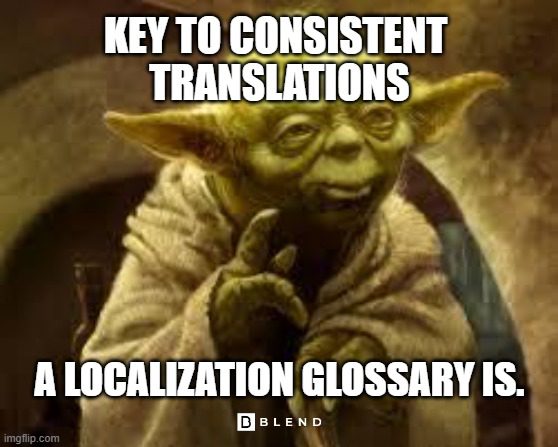
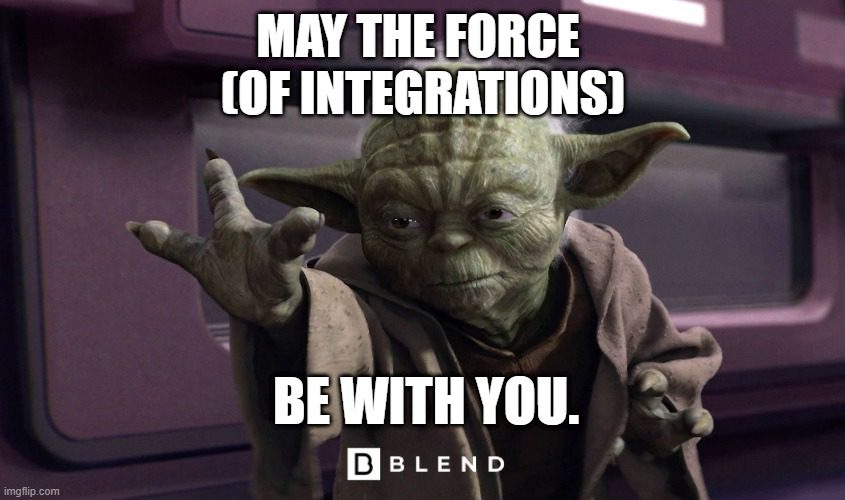
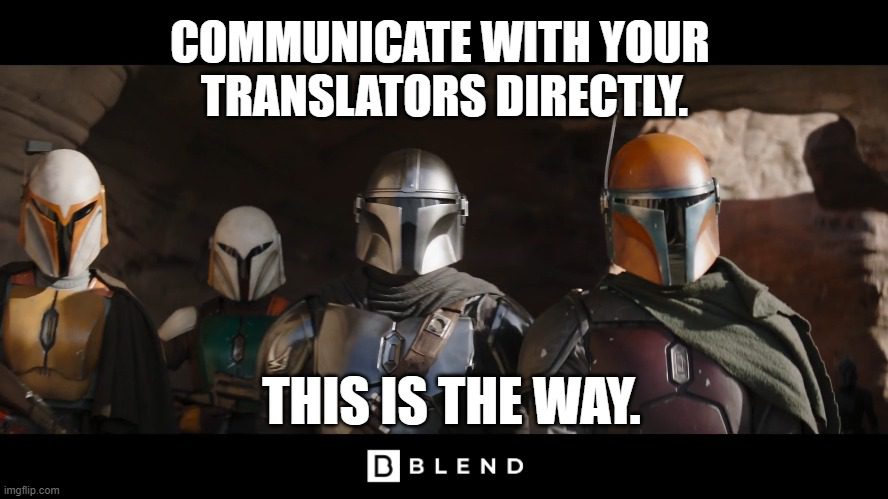
Looking for localization solutions for international entertainment distribution? Speak to us to learn more about BLEND’s professional voice-over talent, best in class AI-voices, post-production expertise, quality recording studios, and transcription services.
What our customers are saying